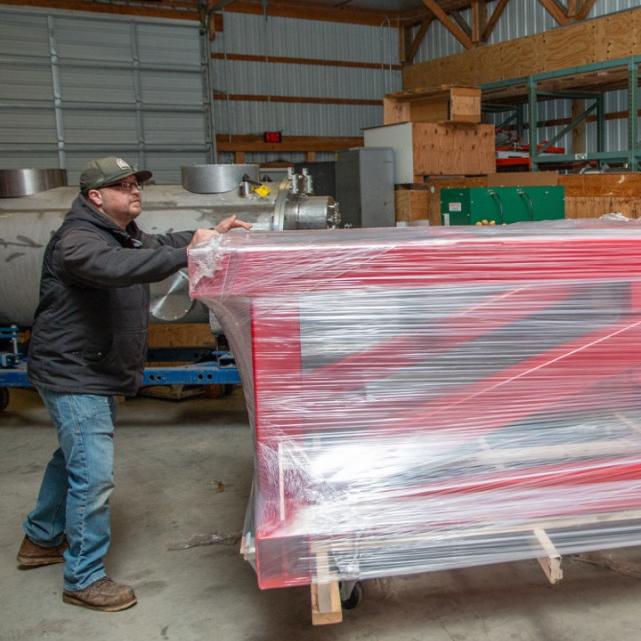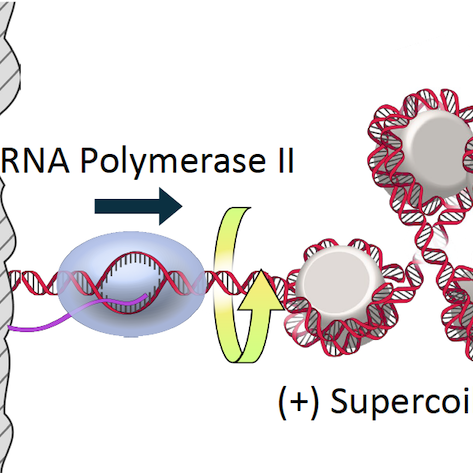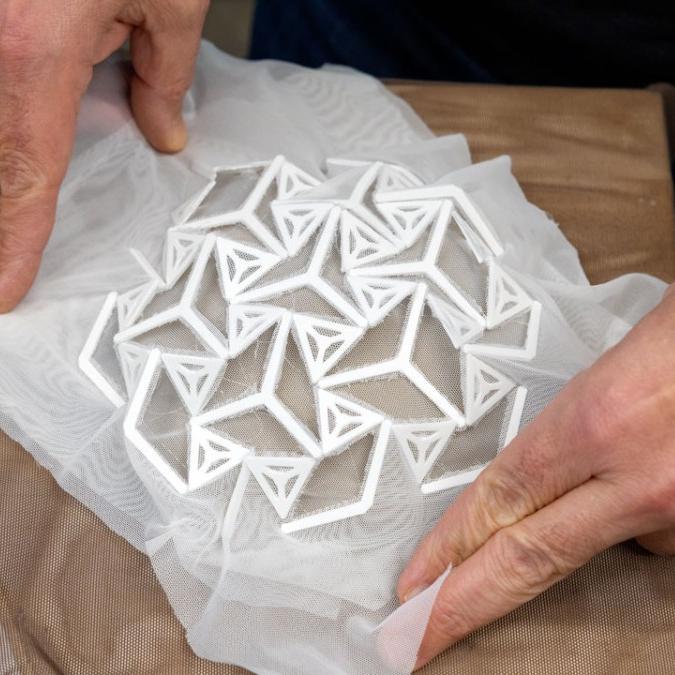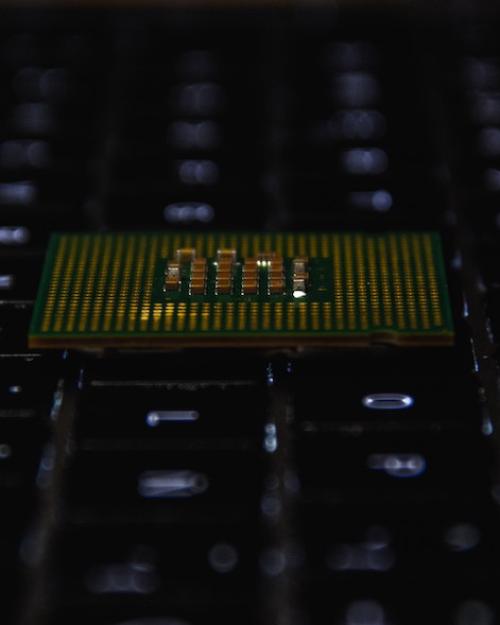Cornell scientists have revealed a new phase of matter in candidate topological superconductors that could have significant consequences for condensed matter physics and for the field of quantum computing and spintronics.
Researchers at the Macroscopic Quantum Matter Group at Cornell have discovered and visualized a crystalline yet superconducting state in a new and unusual superconductor, Uranium Ditelluride (UTe2), using one of the world’s most powerful millikelvin Scanned Josephson Tunnelling Microscopes (SJTM). This “spin-triplet electron-pair crystal” is a previously unknown state of topological quantum matter.
The findings, “Detection of a Pair Density Wave State in UTe2,” were published June 28 in Nature. Qiangqiang Gu, a postdoctoral researcher working in the lab of physicist J.C. Séamus Davis, the James Gilbert White Distinguished Professor Emeritus in the College of Arts and Sciences, co-led the research with Joe Carroll of University College Cork and Shuqiu Wang of Oxford University.
Superconductors are topological when the pairing potential exhibits odd parity, leading to each electron pair adopting a spin-triplet state, with both electron spins oriented in the same direction. Topological superconductors are the target of intense research by physicists because they can, in theory, form the materials platform for ultra-stable quantum computers, said Gu.
However, even after a decade of intense investigation into topological superconductivity, no bulk materials have been definitively recognized as spin-triplet, odd-parity superconductors, with the exception of superfluid 3He, which was also discovered at Cornell. Recently, the exotic new material Uranium Ditelluride (UTe2) has emerged as a highly promising candidate for this classification. However, its superconductive order parameter remains elusive, said Gu.
In 2021, theoretical physicists began to propose that UTe2 is actually in a topological pair-density-wave (PDW) state. No such form of quantum matter had ever been detected.
In simple terms, a PDW is like a stationary dance of the paired electrons found in a superconductor, but the pairs form periodic crystalline patterns in space.
“Our team at Cornell discovered the first PDW ever observed in 2016 using the superconductive-tip Scanned Josephson Tunnelling Microscope that we invented for that purpose,” said Gu. “Since then, we have pioneered SJTM studies at millikelvin temperatures and with microvolt energy resolution. For the UTe2 project, we have directly visualized the spatial modulations of the superconducting pairing potential at atomic scale and found them to modulate exactly as predicted in a PDW state as the density of electron pairs modulates periodically in space. What we detected is a new quantum matter state – a topological pair density wave composed of spin-triplet Cooper pairs.”
Cooper-pair density waves are a form of electronic quantum matter in which pairs of electrons freeze into a superconductive PDW state, instead of forming a conventional “superconductive” fluid where all are in the same freely moving state.
“The discovery of the first PDW in spin-triplet superconductors is exciting,” said Gu. “Uranium-based heavy fermion superconducting compounds are a new and exotic class of materials that provide a promising platform for realisation of topological superconductivity. … Our scientific discovery also points out the ubiquitous nature of this intriguing quantum state in s-wave, d-wave and p-wave superconductors, and it sheds light on new avenues for identifying such states in a broad spectrum of materials.”






